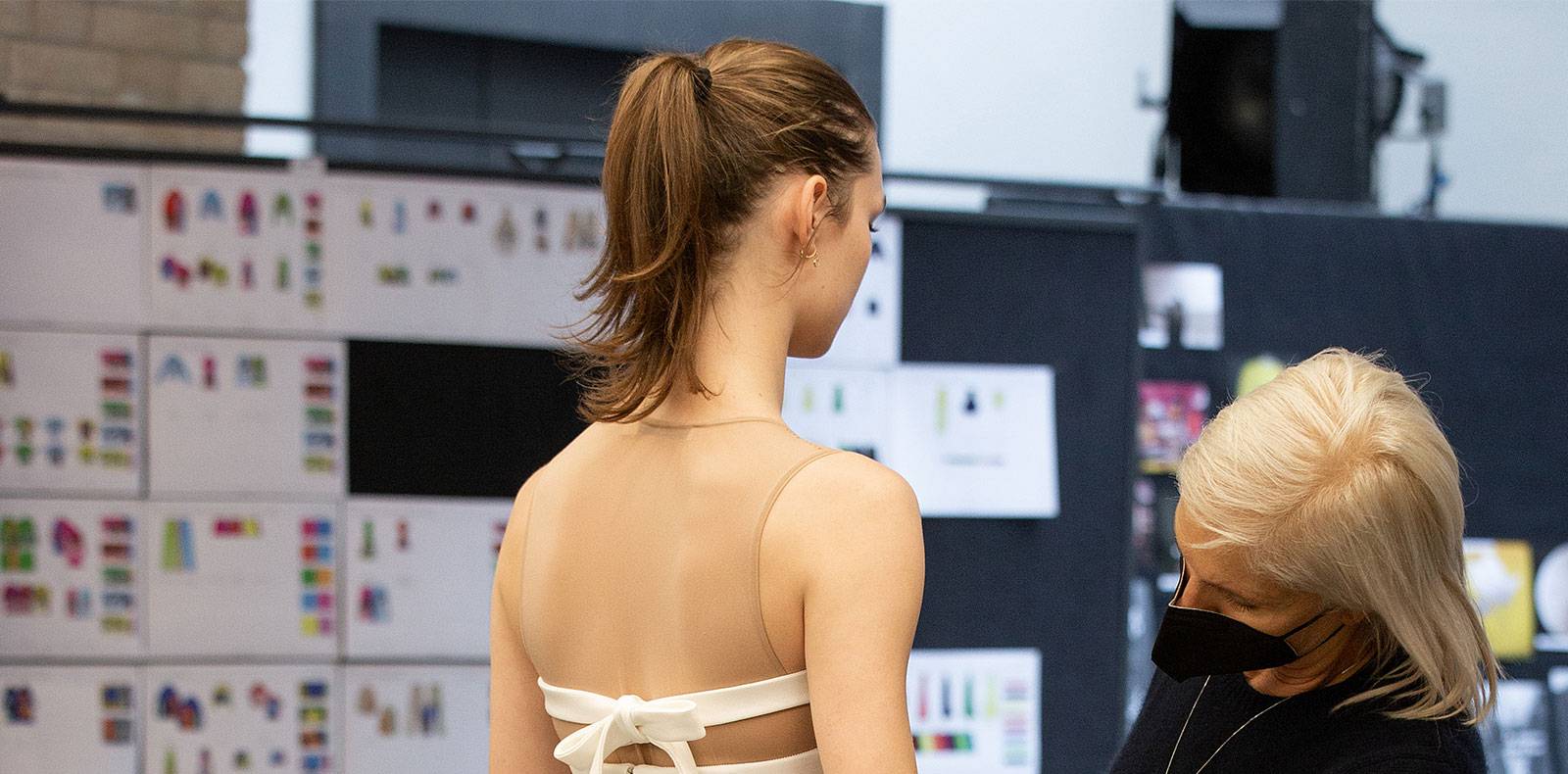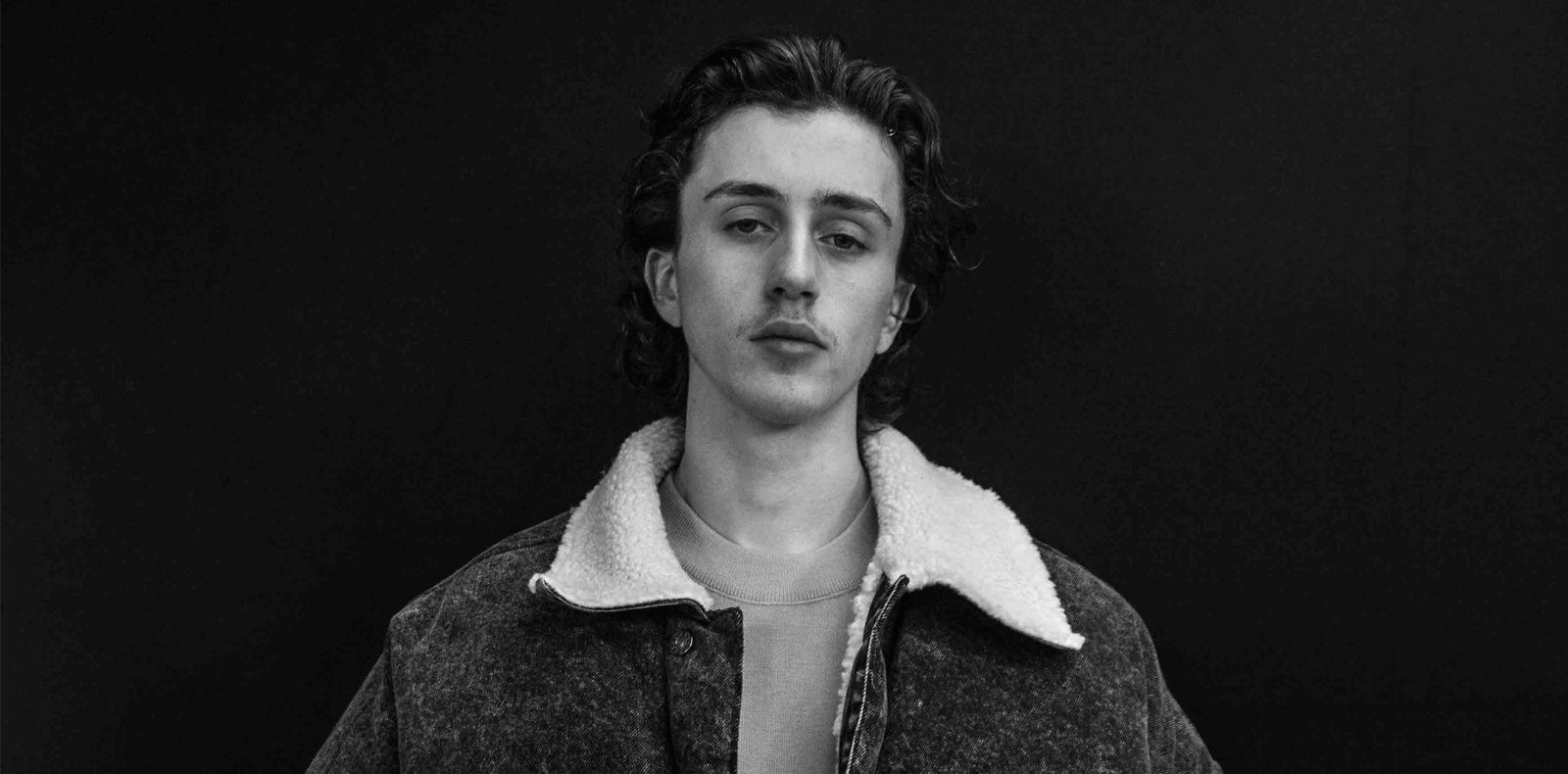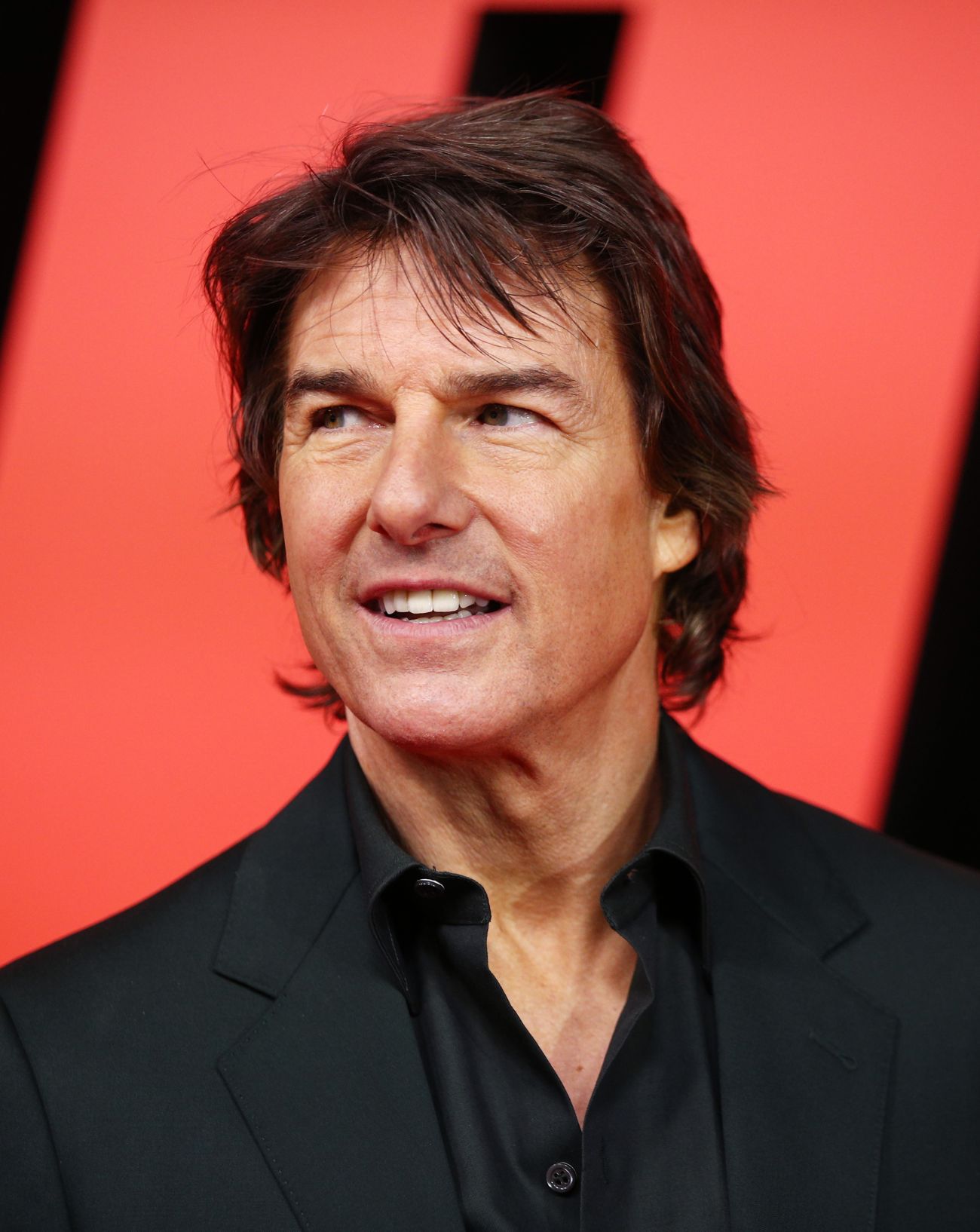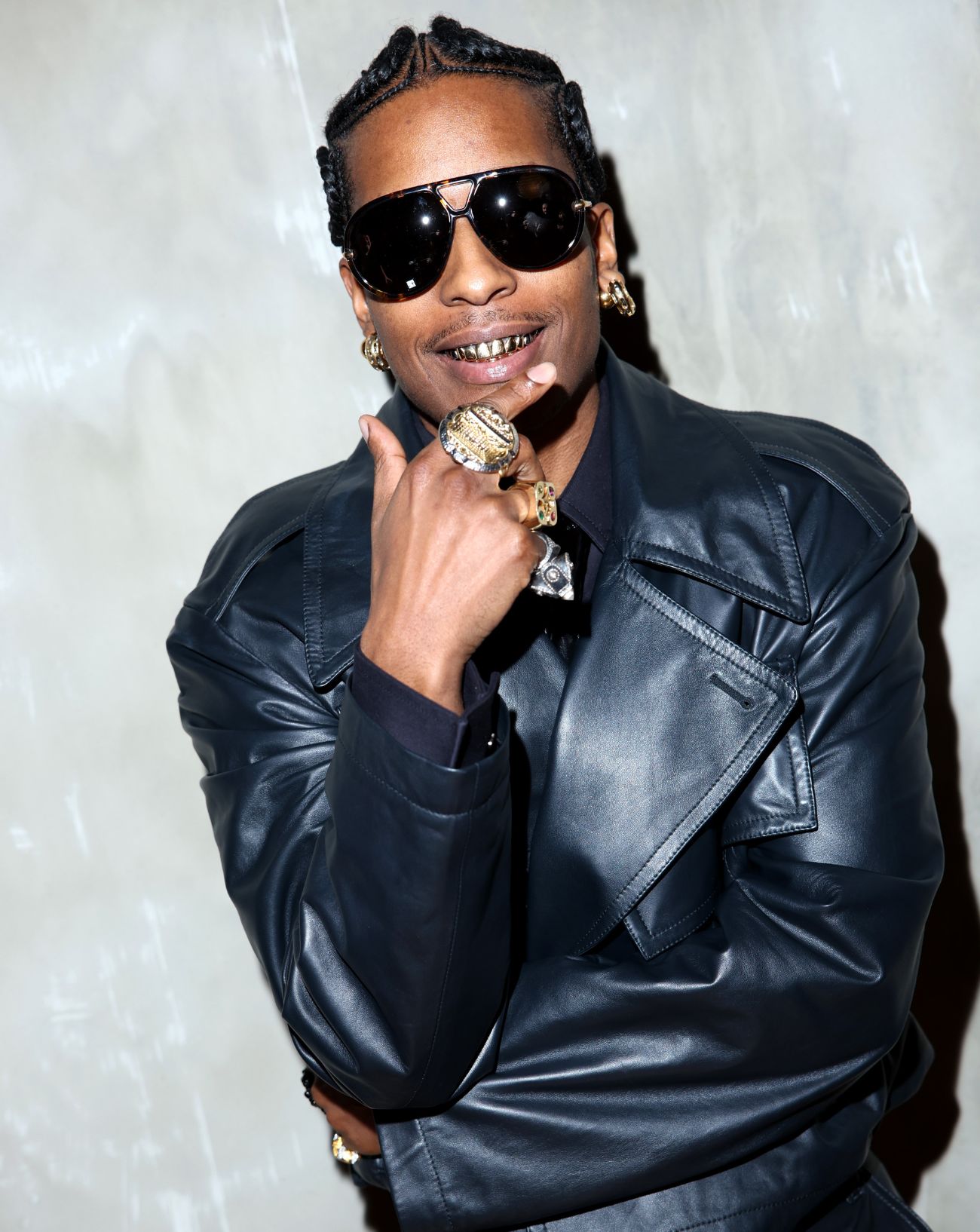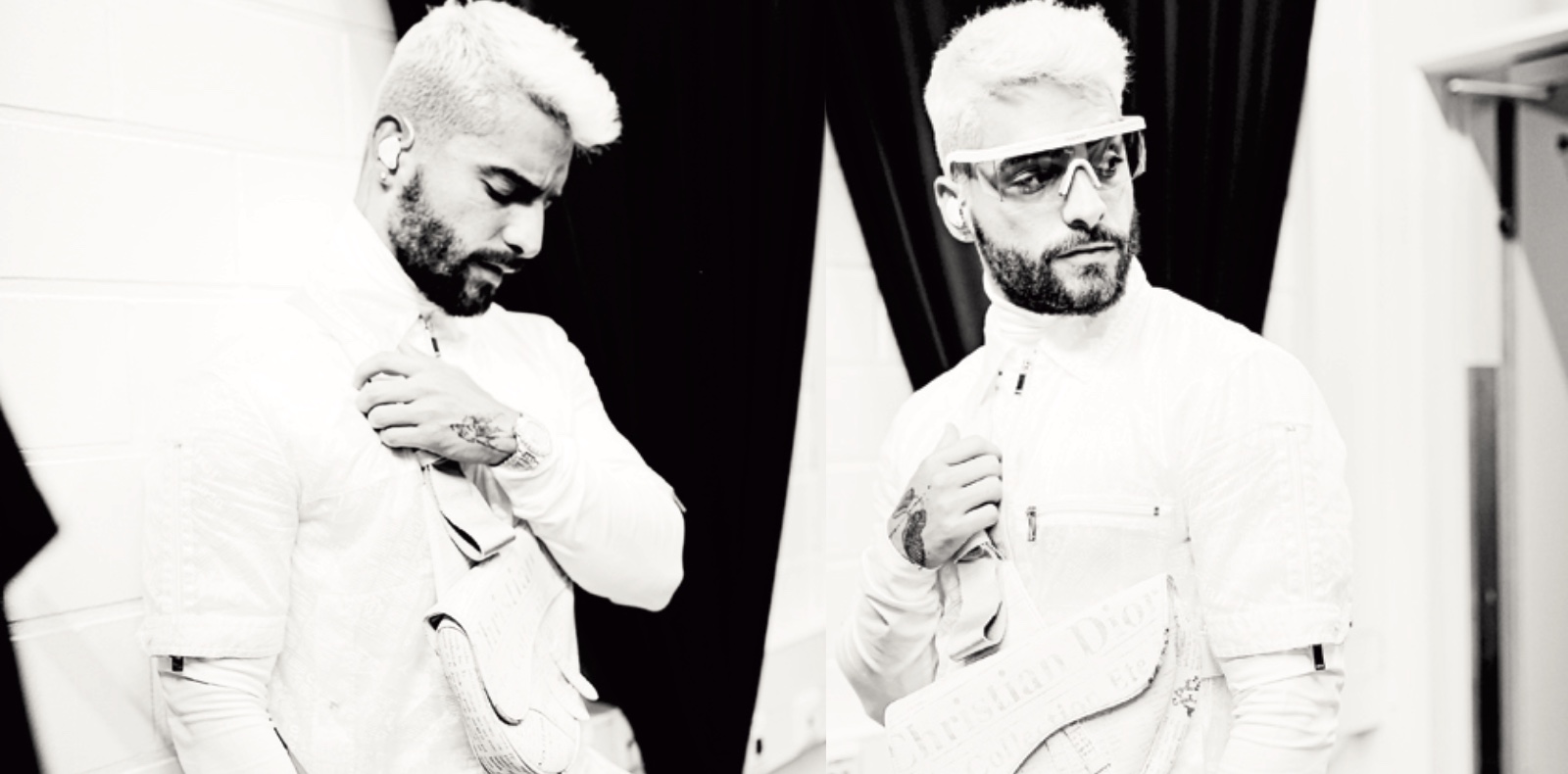
24

24
Maluma: a music star celebrated by the fashion world
Born and raised in Columbia’s second city, Maluma has conquered the planet with hits directly inspired by his Latin roots, which he sings in Spanish. Now an international megastar, fêted by the fashion world, he has 22 million followers on Spotify and 50 million on Instagram.
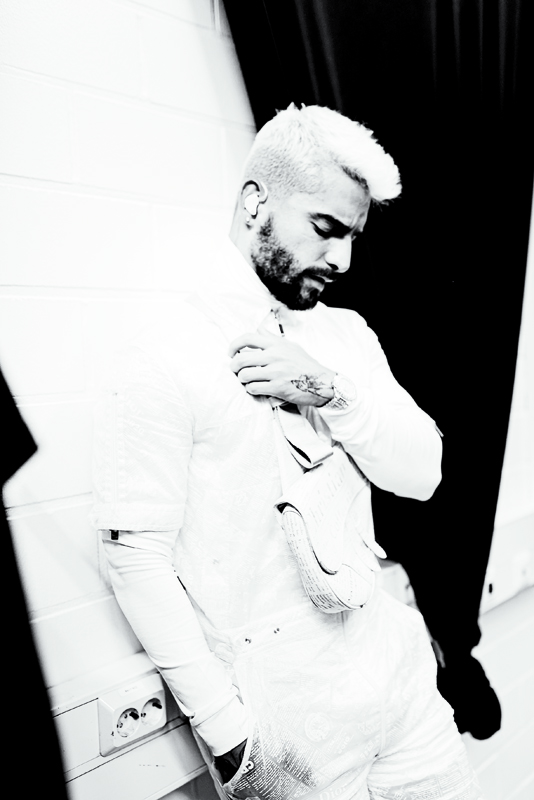
Maluma loves love. He’s made a career singing about it. There are songs about one-night flings like Qué Pena and Borro Cassette. There are songs about polyamorous love such as Felices los 4. And then there’s everlasting love, the kind he sings about in his latest single ADMV or Love of My Life. But what Maluma really loves comes down to his holy trinity: family, music and Colombia. This is exactly how Maluma is spending his quarantine – at home with family, recording new music. ADMV is one of his most heartfelt singles to date, a guitar-based romantic ballad that resonates with the early boleros of the 20th century, far from the raunchy lyrics and bad-boy persona that have earned him a playboy label since his debut album, Pretty Boy, Dirty Boy. “I didn’t plan it this way,” he says, “but the message of the song is perfect for what we are going through right now.” Born Juan Luis Londoño Arias, Maluma leapt to international fame from the Colombian city of Medellín. He first launched his career in his teens singing reggaeton, an urban music genre born in marginalized communities of Puerto Rico and Panama, with the help of his aunt, Yudy Arias. Since then, Maluma has exported his sound, gaining over 22 million listeners on Spotify, releasing four albums, collaborating with Madonna, and working with designers like Dolce & Gabbana and Dior’s head of menswear Kim Jones.
Maluma is a global pop star now, but back in the early 2010s he was just a teenager trading a lifelong career as a soccer player for a chance to make it in music. Today, he’s part of the Medellín crew, alongside artists like reggaeton virtuoso J Balvin, urbano songstress Karol G, and producer Sky Rompiendo. Together they are reworking urbano sounds – hip hop, reggaeton, rap, and trap – into their own Colombian mix, launching it on the global stage. “Medellín is vibrant with art, culture and music,” says Maluma. “We have a different level of energy and I am happy this movement has been able to share it globally.”
Maluma’s hybrid approach is what differentiates him from his cohort – he doesn’t think of himself as just an urbano artist. Rather, he’s crafting the Maluma genre, which he says is simply “what’s in my heart.” His music is a collection of his mem- ories and influences – the salsa re- cords his grandfather bought, the traditional cumbia from his home country, the hip hop and reggaeton classics that he listened to as a kid. Maluma is a cocktail of Latin American sounds, infused with the cosmopolitan vibe of global pop.
Still, when it comes to his rise to the top, he’s rarely left the comfort of his native Spanish, a characteristic of the latest wave of Hispanophone stars, like Puerto Rican reggaeton artist Bad Bunny and Spanish flamenco singer Rosalía. “It’s who I am,” says Maluma. “I’m not against doing music in English, and the time will come in the future.” Maluma’s predilection for singing in Spanish goes far beyond a personal affinity for his native tongue. Latin music is the fastest growing market in the industry, according to a recent report by the Recording Industry Association of America, outpacing the overall US market. In the past, figures like Shakira and Ricky Martin were successful in making the jump to the general market, but that came through sacrificing their language and sound to suit the mainstream palate. But today, the world is crossing over to Latin America. This is the result of a tidal wave of Spanish-language artists like J Balvin, Anitta, Karol G, Daddy Yankee and Bad Bunny who have rejected the idea that crossing over to the global market implies an automatic shedding of their roots. Now, Maluma too is bringing the world to his home, the best example being his first collaboration with Madonna, Medellín, in which the two narrate a fictional love affair from the pop queen’s youth set in Maluma’s hometown. More recently, he’s been exporting his town’s slang on Qué Chimba, a club anthem that offers a lesson in the unique terms Colombia has to offer, like llave, the Spanish word for “key” which means “friend” in Colombian slang. It’s his way to represent his roots, he says.

At 26, Maluma today is far from the teenager who performed at Medellín’s quinceañera parties to promote himself and make some cash. He now owns a private jet, which he notoriously showcased to his 50 million followers on Instagram with a tearful video, and has struck million-dollar deals with brands like Michelob Ultra. He’s also walked on the runway for Dolce & Gabbana, ap- peared in a Super Bowl commercial, and attended his first Met Gala in 2019 with designer Jeremy Scott. But that level of fame doesn’t bother him. “For me, you have to find the balance to everything. I really focus on that, whether it’s bringing my family on the road, working out or meditating.”
Fashion is actually up there with his holy trinity. On Maluma’s Instagram, you might find him shirtless, posing with a coffee mug in the mornings. But on stage, he sports tailored suits with loafers – a staple at his concerts since he collaborated with Dolce & Gabbana in 2018. Lately, he’s been leaning more towards military-inspired and minimalist streetwear, paired with a chunky diamond chain with the initial M. On his fourth album 11:11, released in 2018, he paid homage to Dior, a brand he says he loves, in the lyrics of 11PM, in which he sings, “El cuarto huele a Christian Dior” (“The room smells like Christian Dior”). So it wasn’t a surprise when, almost two years later, Maluma found himself rolling up to Dior’s pre-fall 2020 show in a convertible, driving around Miami’s Wynwood. “It was so much fun, like part of a movie scene,” he says. After Maluma’s splashy appearance, he travelled to Paris to meet with Jones’s team for a new project: his costumes for the 11:11 tour. The pieces are inspired by Dior’s spring-2020 collection and debuted in Athens, Greece last March, before Maluma halted the tour amid the coronavirus crisis. “I’m happy to call him my friend,” Maluma says of Jones. “I think he’s brilliant.”
Almost a decade since releasing his first album, Magia, Maluma’s music has reached almost all corners of the world. He’s sold out New York’s Madison Square Garden and toured in five continents. Still, his bucket list is not done. “I want to go to Japan and China. I respect all of their cultures and it would be special to bring the Latin rhythm there.”






